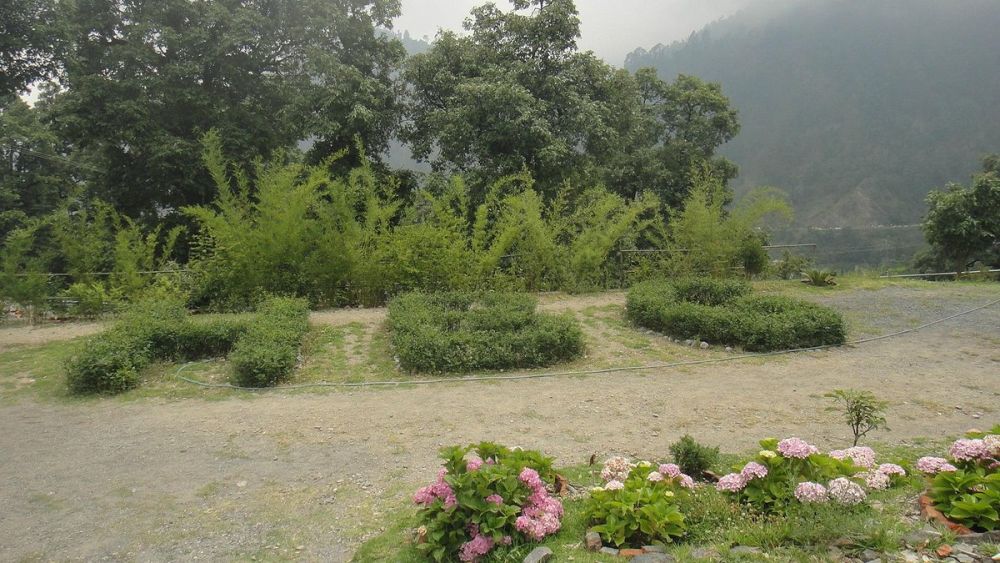

Set in the majestic landscape of Uttarakhand, the Nainital Botanical Garden, also known as the Botanical Garden of the Forest Research Institute, is a splendid attraction for nature enthusiasts and botanists alike. The garden boasts an impressive collection of native and exotic plant species, showcasing the rich biodiversity of the region.
The history of tourism at the Nainital Botanical Garden is intertwined with the history of Nainital itself—a popular hill station established during the British era. Recognized for its natural beauty and pleasant climate, Nainital has been a hotspot for tourists since the 19th century. The Botanical Garden was established to preserve the unique flora of the region and has since become an integral part of Nainital's tourism fabric.
Over the years, the garden has continuously evolved. It has been developed not only as a center for botanical research but also as a serene spot for visitors seeking tranquility away from the bustling city life. The garden became a significant attraction for those interested in plant life or looking for a peaceful retreat into nature.
The Nainital Botanical Garden is home to a wide array of plants, including several endangered and endemic species. Its well-maintained greenhouses and thematic gardens allow for the year-round display of floral splendor. Highlights include the cactus house, fernery, and the orchidarium, which draw botany aficionados from across the world.
In addition to its plant collections, the garden also serves as a sanctuary for birds, making it a popular destination for birdwatchers. The calm and pristine environment of the garden provides a perfect home for many species of resident and migratory birds.
In recent times, the Nainital Botanical Garden has adopted various trends that align with global tourism practices. Among these, sustainable tourism has garnered attention, with initiatives to preserve the natural environment while accommodating the increasing number of visitors.
Moreover, educational tourism has also taken root, with many educational institutions organizing trips to the garden for their students. These trips aim to promote environmental awareness and provide hands-on learning experiences about plant conservation.
Wellness tourism is another growing trend as travelers seek destinations that offer mental and physical well-being. The Nainital Botanical Garden with its serene landscapes has become a sought-after location for yoga, meditation, and nature therapy.
The Nainital Botanical Garden is open throughout the year, but the ideal time to visit is from March to June when the weather is most favorable and the flowers are in full bloom. Visitors can enjoy guided tours, which provide insightful information about the plant species and the ecology of the area.
Accessibility: The garden is well-connected by road and is a short distance away from the main town of Nainital, making it convenient for tourists to combine their visit with other local attractions.
Entry Fees: There is a nominal fee for entering the garden, which contributes to its maintenance and conservation efforts.
As Nainital continues to be a beloved destination for tourists from around the world, the Nainital Botanical Garden remains a jewel in its crown—an enduring ode to the timeless beauty of nature and a testament to the town's commitment to preserving it.